Forgotten but important events of the 1960s
The 1960s were a whirlwind of change and revolution — an era marked by cultural, social, and technological transformations. While some events like the moon landing and the Civil Rights Movement often take the spotlight, many equally significant moments tend to slip through the cracks of our collective memory.
This article aims to shine a light on those lesser-discussed events that helped shape the decade, leaving lasting impacts on society as we know it today.
The Birth of the Laser: Igniting a Technological Revolution
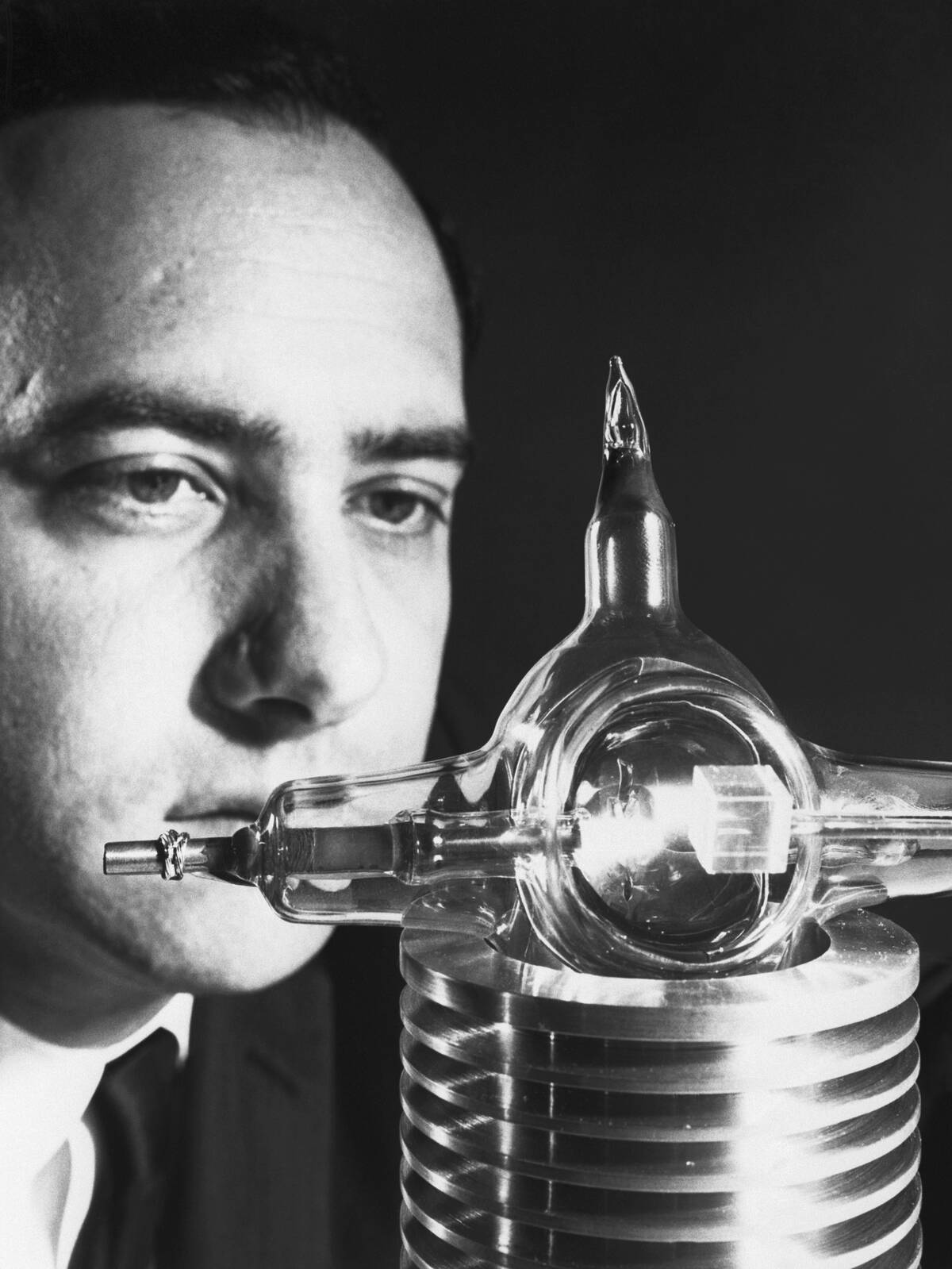
In 1960, physicist Theodore Maiman demonstrated the first laser at Hughes Research Laboratories. This groundbreaking invention was a game-changer, laying the groundwork for future innovations in everything from medicine to entertainment.
Lasers are now ubiquitous, powering technologies like barcode scanners and fiber-optic communications, and they play a critical role in surgeries and scientific research. It’s fascinating to consider how this once novel technology has become an integral part of daily life.
The First Televised Presidential Debate: Kennedy vs. Nixon
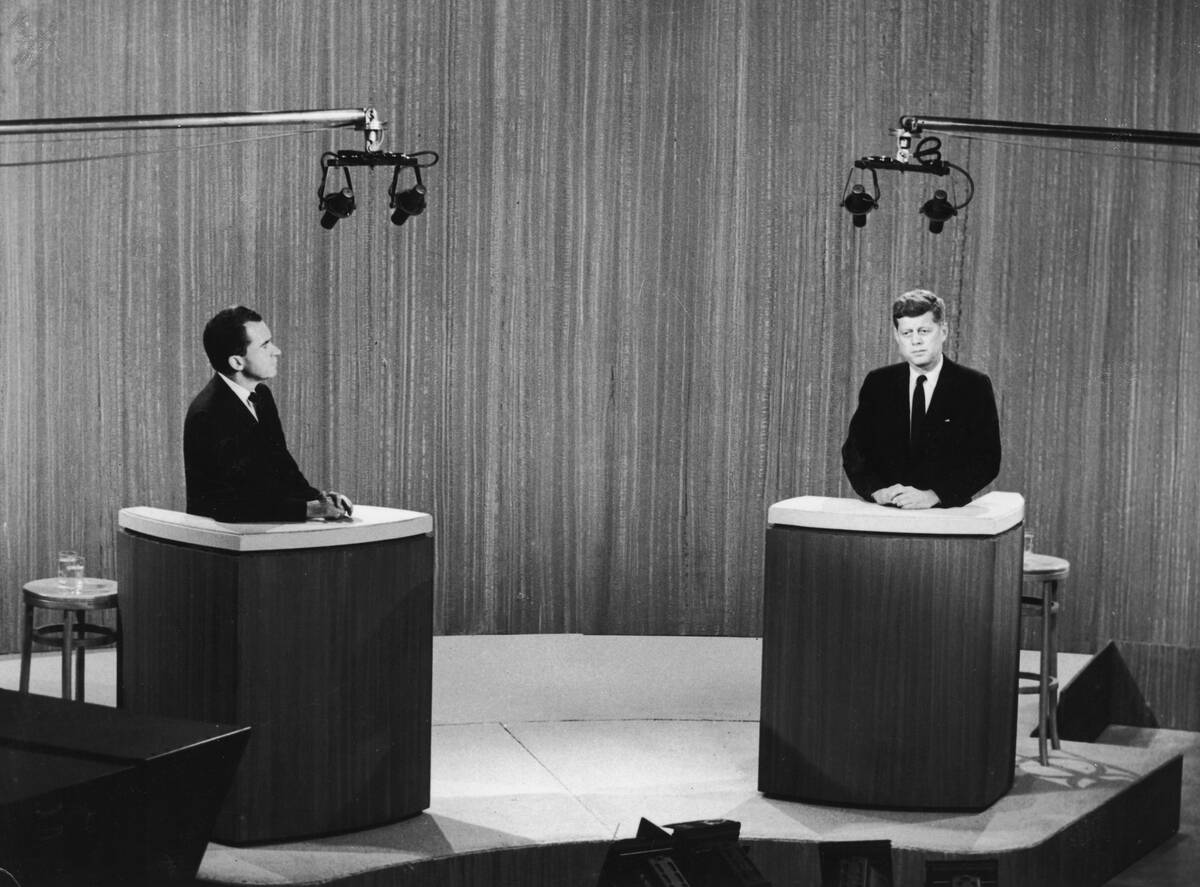
The 1960 Kennedy-Nixon debate was the first-ever televised presidential debate, marking a turning point in political communication. On September 26th, millions of Americans tuned in to see the young Senator John F. Kennedy and Vice President Richard Nixon go head-to-head.
Kennedy’s charismatic and composed on-screen presence contrasted sharply with Nixon’s less polished appearance, highlighting the power of television in shaping public perception. This event set the stage for the media-driven politics we see today.
The Invention of the Computer Mouse: A Click Towards the Future
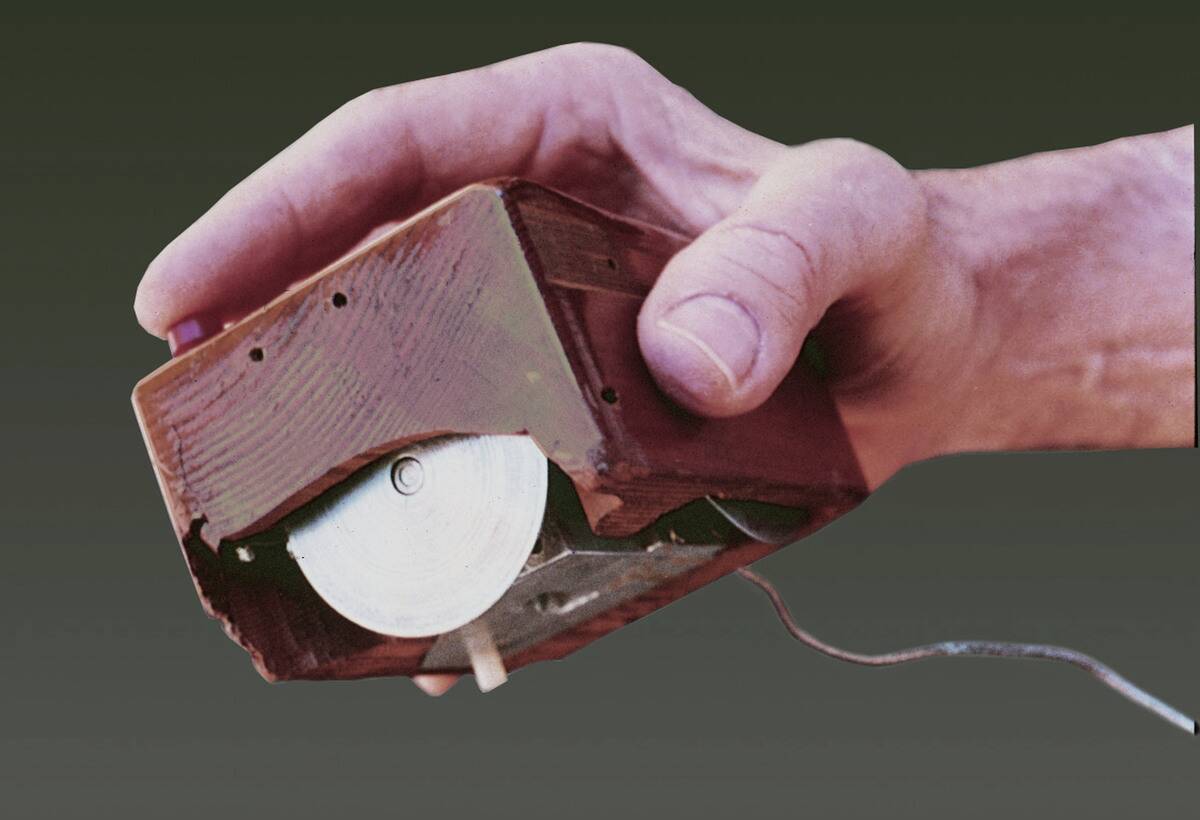
Douglas Engelbart’s invention of the computer mouse before 1965 was a pivotal moment in computing. Initially, the mouse was a wooden shell with two metal wheels, a far cry from today’s sleek designs.
This simple device revolutionized how humans interact with computers, making technology more accessible and intuitive. Though it took years to gain popularity, the mouse became a staple in personal computing, allowing users to navigate digital landscapes with ease.
The Quiet Rise of Environmentalism: Rachel Carson’s “Silent Spring”
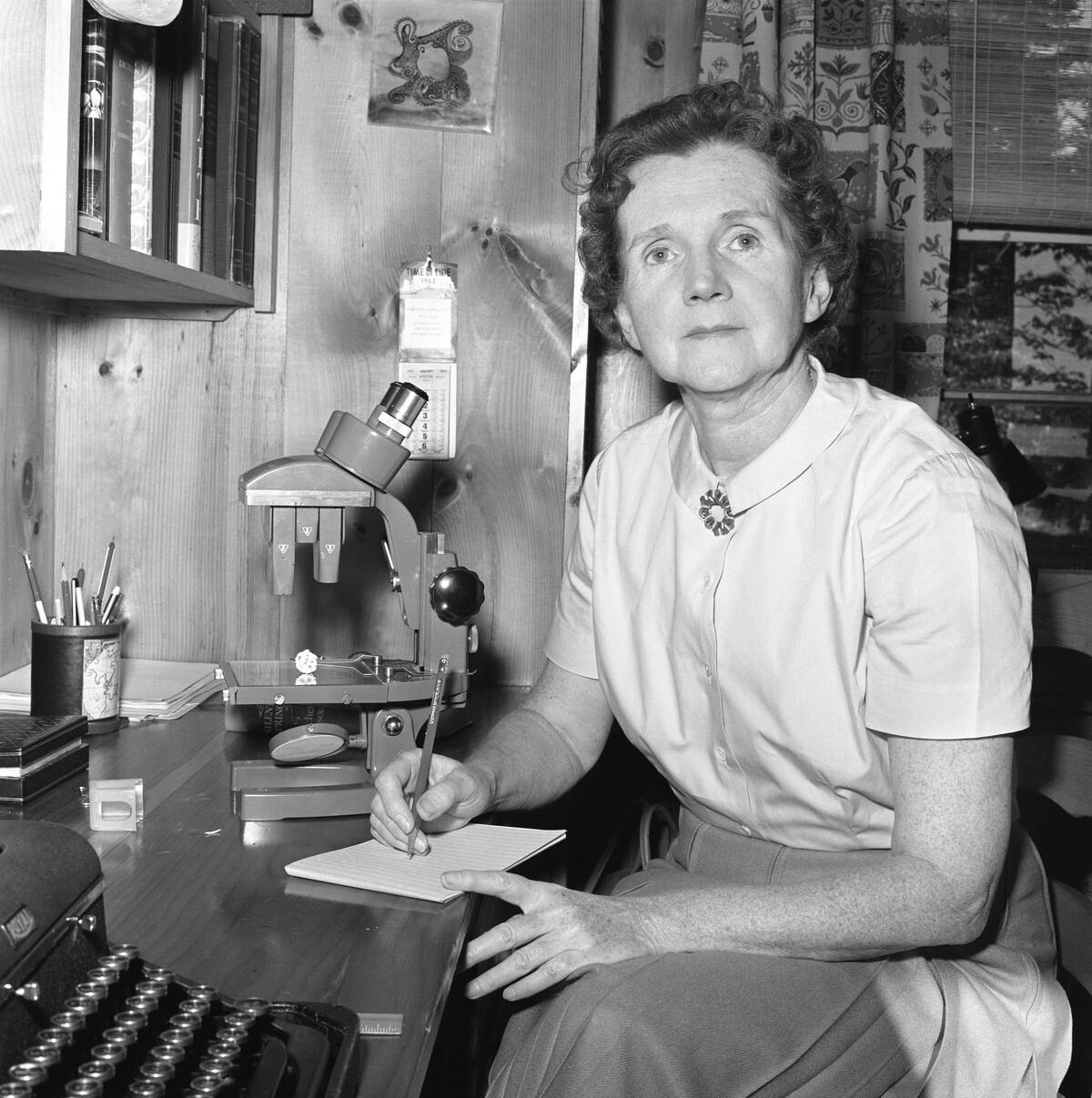
Rachel Carson’s Silent Spring, published in 1962, is often credited with launching the modern environmental movement. The book exposed the harmful effects of pesticides on wildlife and ecosystems, sparking public outcry and leading to policy changes.
Carson’s work highlighted the interconnectedness of all living organisms and emphasized the need for sustainable practices. Her legacy endures in today’s environmental advocacy, reminding us of the impact a single voice can have on global awareness.
The Birth of the Peace Corps: A Call to Global Service
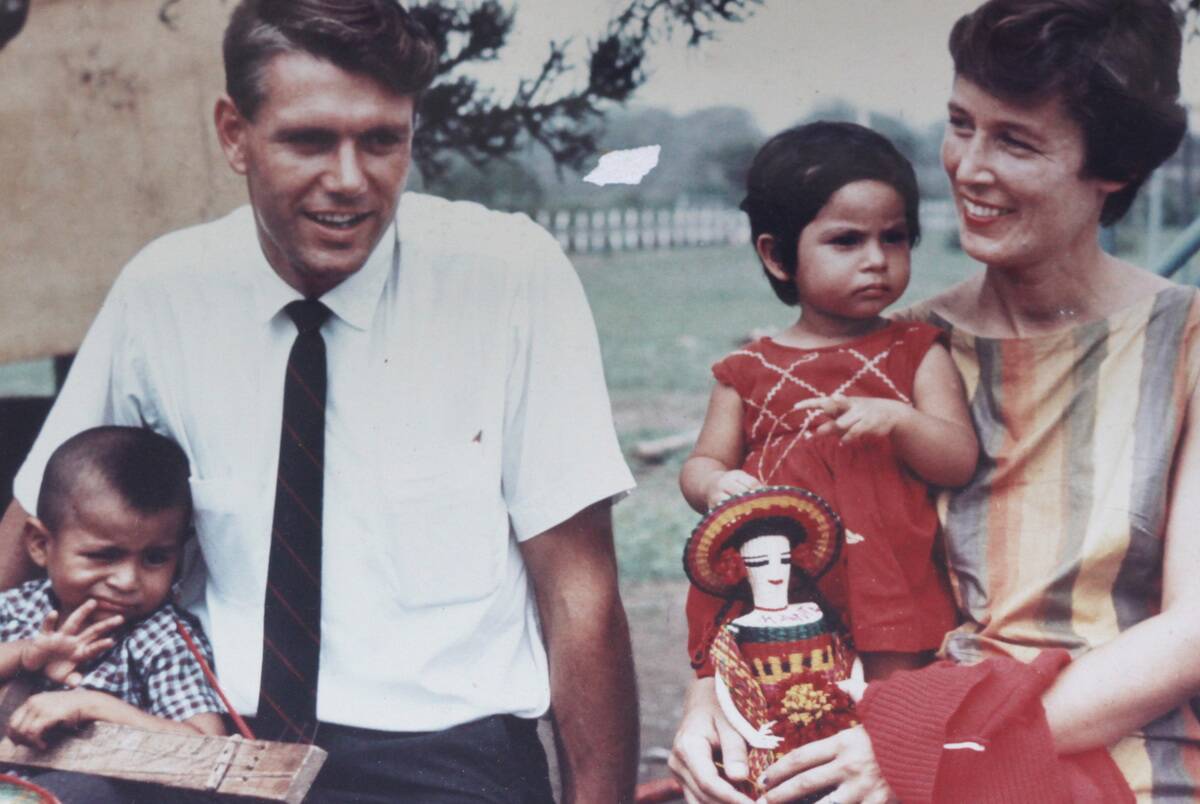
President John F. Kennedy established the Peace Corps in 1961, calling on Americans to serve their country by promoting peace and friendship abroad. Volunteers were sent to developing countries to assist in education, health, and agriculture, fostering cross-cultural understanding.
The Peace Corps not only helped improve conditions in host nations but also enriched the lives of volunteers. Over the decades, it has become a symbol of America’s commitment to global service and diplomacy.
The Launch of Telstar: The First Communication Satellite
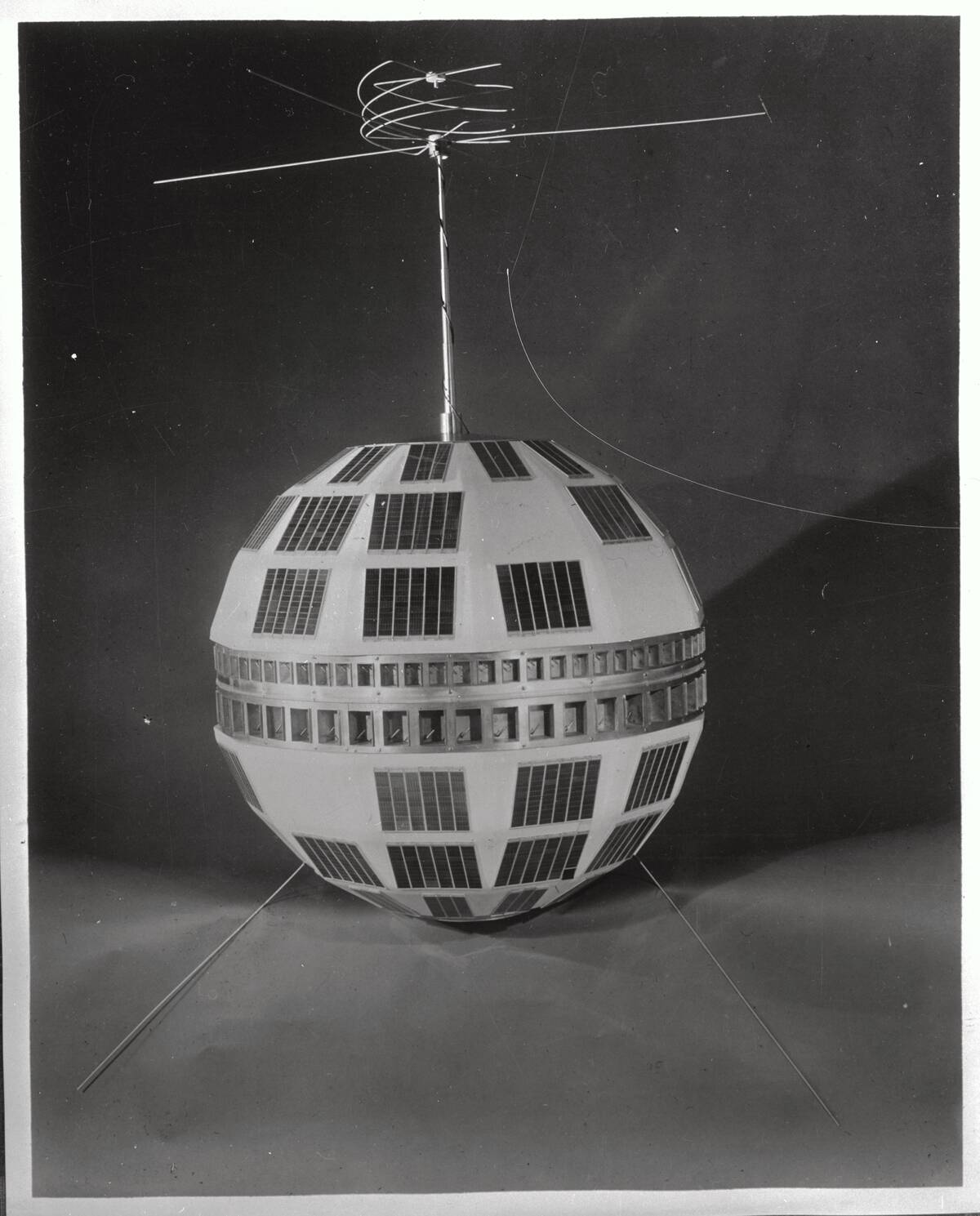
The launch of Telstar in 1962 marked the dawn of a new era in global communications. As the first active communication satellite, Telstar enabled live transatlantic broadcasts, transforming how information was shared worldwide.
It was instrumental in the development of modern telecommunications, paving the way for today’s high-speed internet and satellite TV. Telstar demonstrated the potential of space technology to bridge cultural and geographical divides, connecting people like never before.
The Adoption of ZIP Codes: Streamlining America’s Mail System
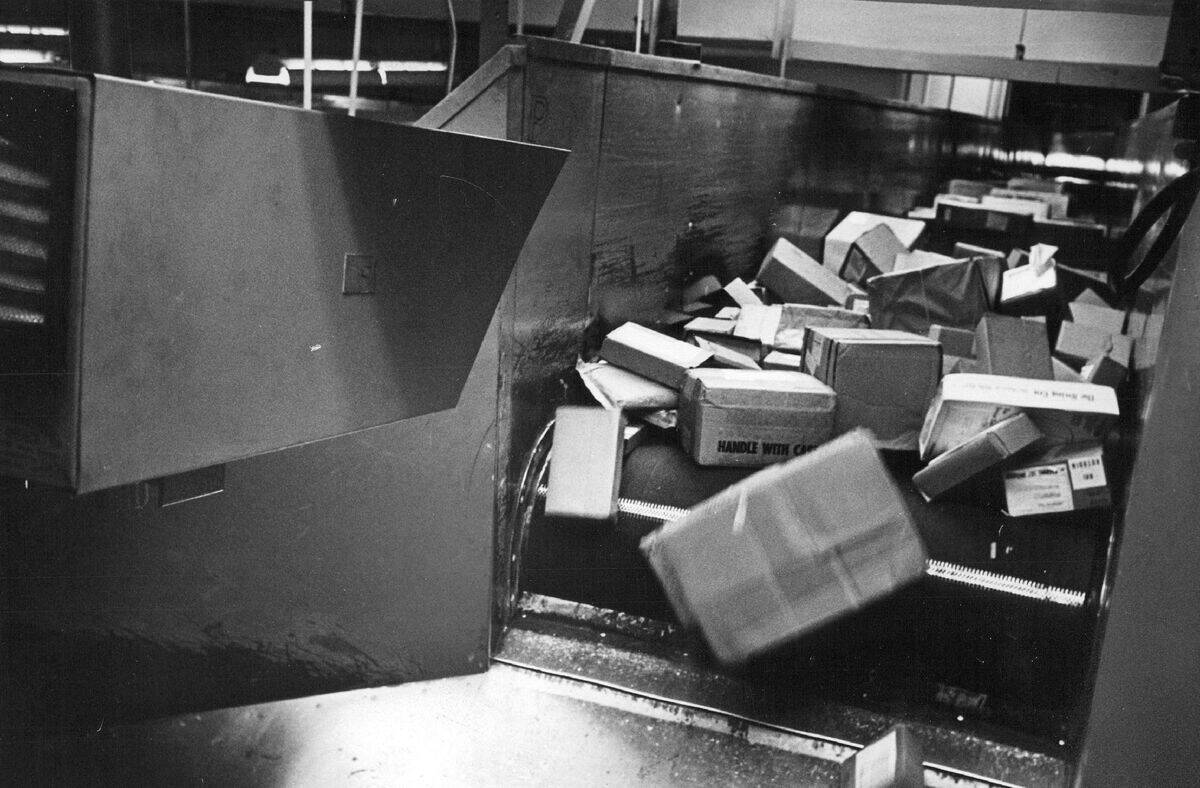
Introduced in 1963, ZIP codes revolutionized the American postal system by improving mail delivery efficiency. The five-digit codes made it easier to sort and route mail, accommodating the growing volume of correspondence in a rapidly expanding nation.
Prior to ZIP codes, postal workers relied on often inconsistent city and street names. This simple yet effective system remains a cornerstone of the U.S. Postal Service, ensuring reliable delivery across the country.
The Beatles’ First Single: The Beginning of a Musical Phenomenon
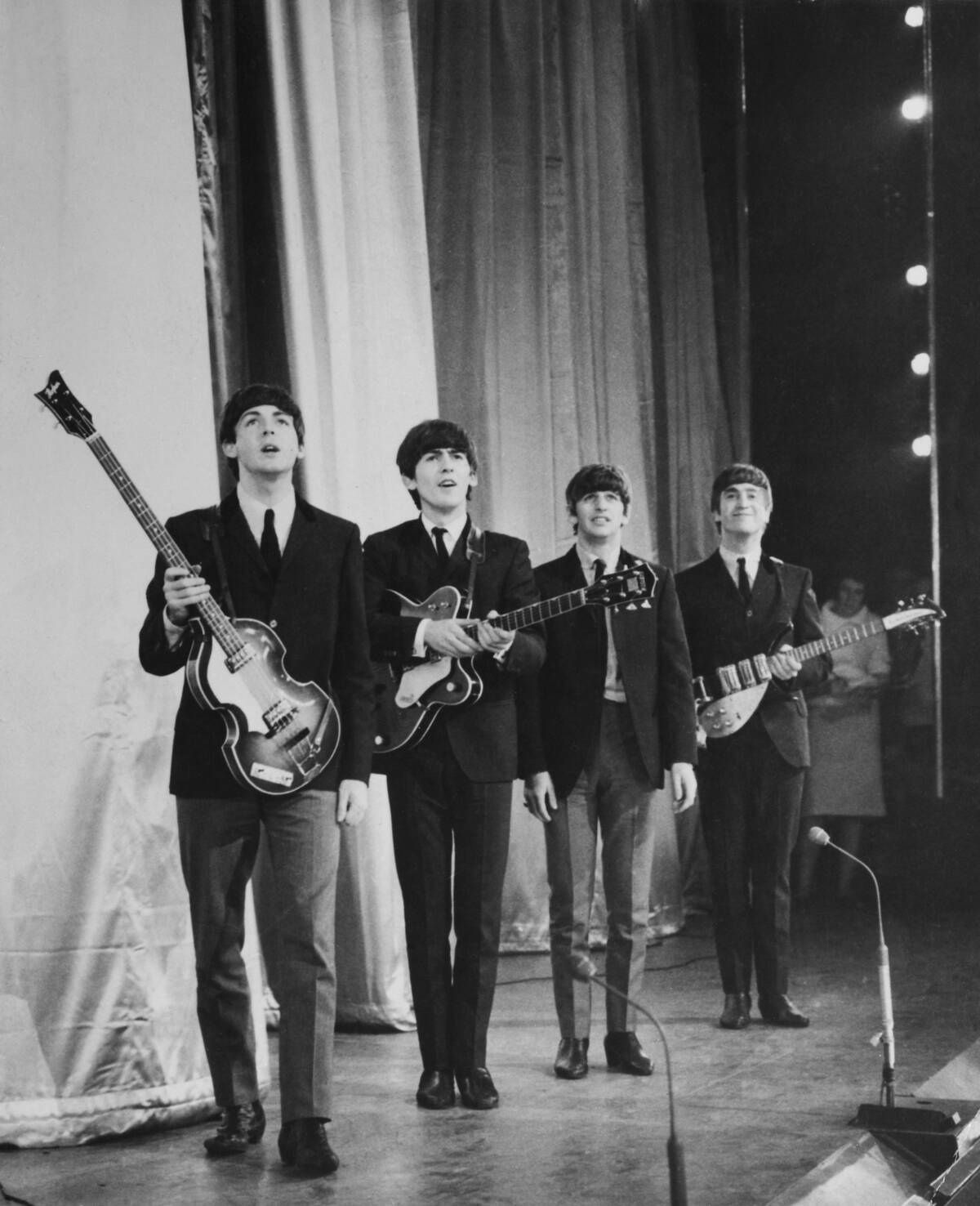
In 1963, The Beatles released their first single, “Love Me Do,” marking the start of a cultural revolution. The song’s catchy tune and fresh sound captured the hearts of listeners, propelling the Beatles into stardom.
Their music would go on to define the decade, influencing countless artists and shaping the landscape of popular music. The Beatles’ rise to fame signaled a shift in youth culture, as music became a powerful medium for expression and change.
The Voting Rights Act of 1965: A Milestone for Civil Rights
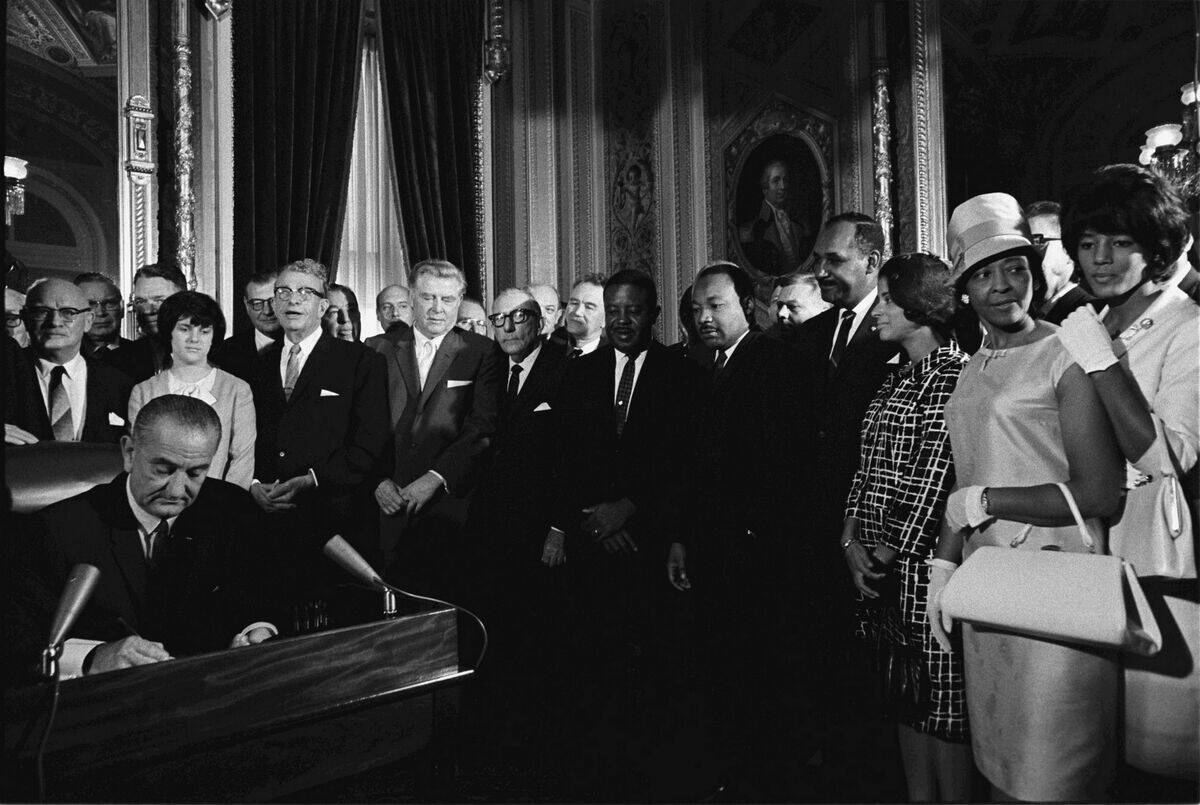
The Voting Rights Act of 1965 was a pivotal piece of civil rights legislation in the United States. Signed into law by President Lyndon B. Johnson, it aimed to overcome legal barriers at the state and local levels that prevented African Americans from exercising their right to vote.
The act banned discriminatory practices such as literacy tests and poll taxes, leading to a significant increase in voter registration among minority groups. It was a crucial step towards equality and justice in American democracy.
The Opening of the Berlin Wall: A Prelude to Reunification
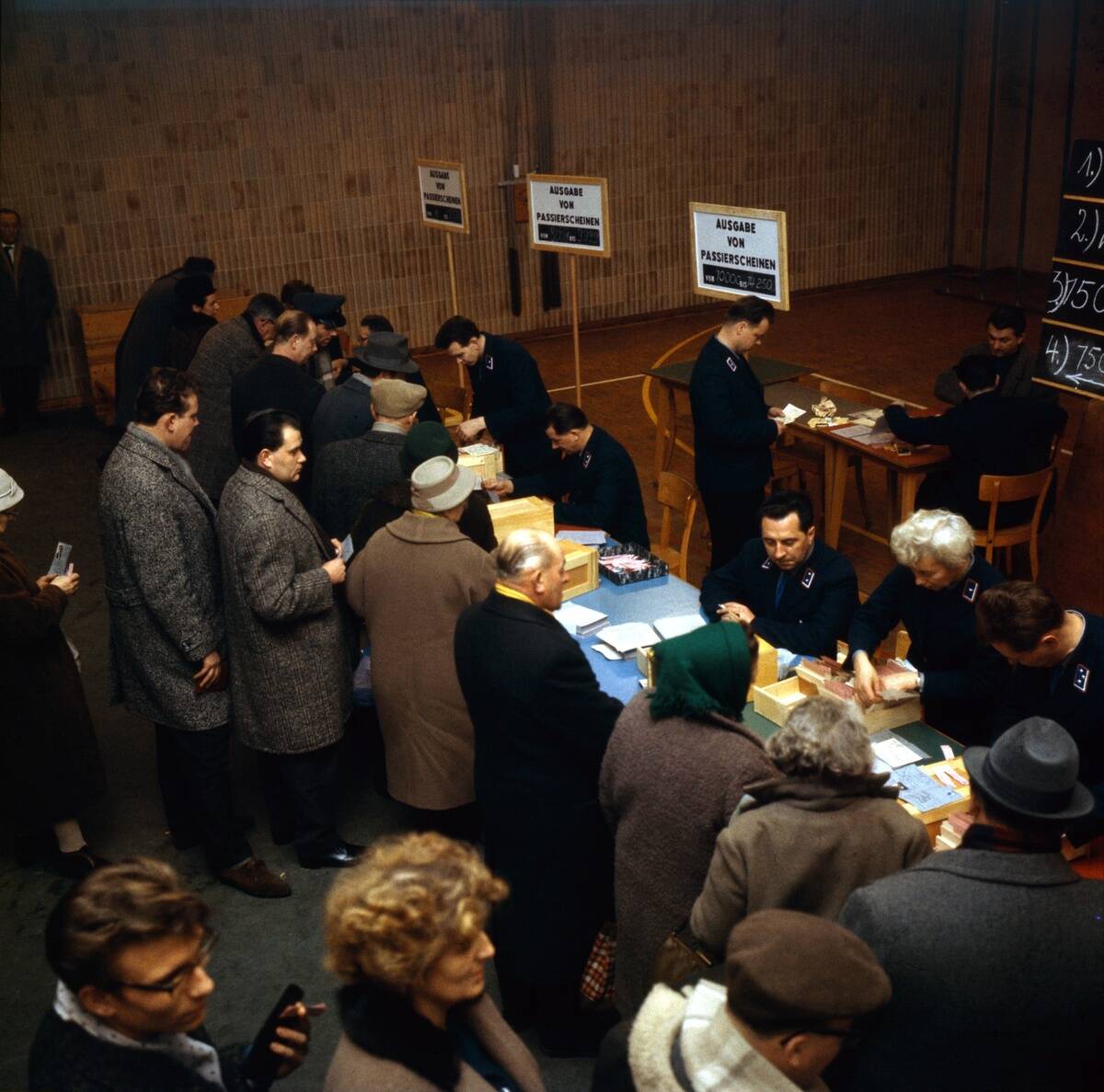
Although the Berlin Wall’s fall is often associated with the late 1980s, its early openings in the 1960s laid the groundwork for eventual reunification. After years of restricted movement, East and West Berliners experienced brief periods of leniency where they could cross the border, particularly for Christmas in 1963.
These instances foreshadowed the wall’s eventual demise, symbolizing a longing for unity amidst division. The wall’s presence throughout the 60s remained a stark reminder of Cold War tensions and the desire for freedom.
The Rise of Feminism: Betty Friedan’s “The Feminine Mystique”
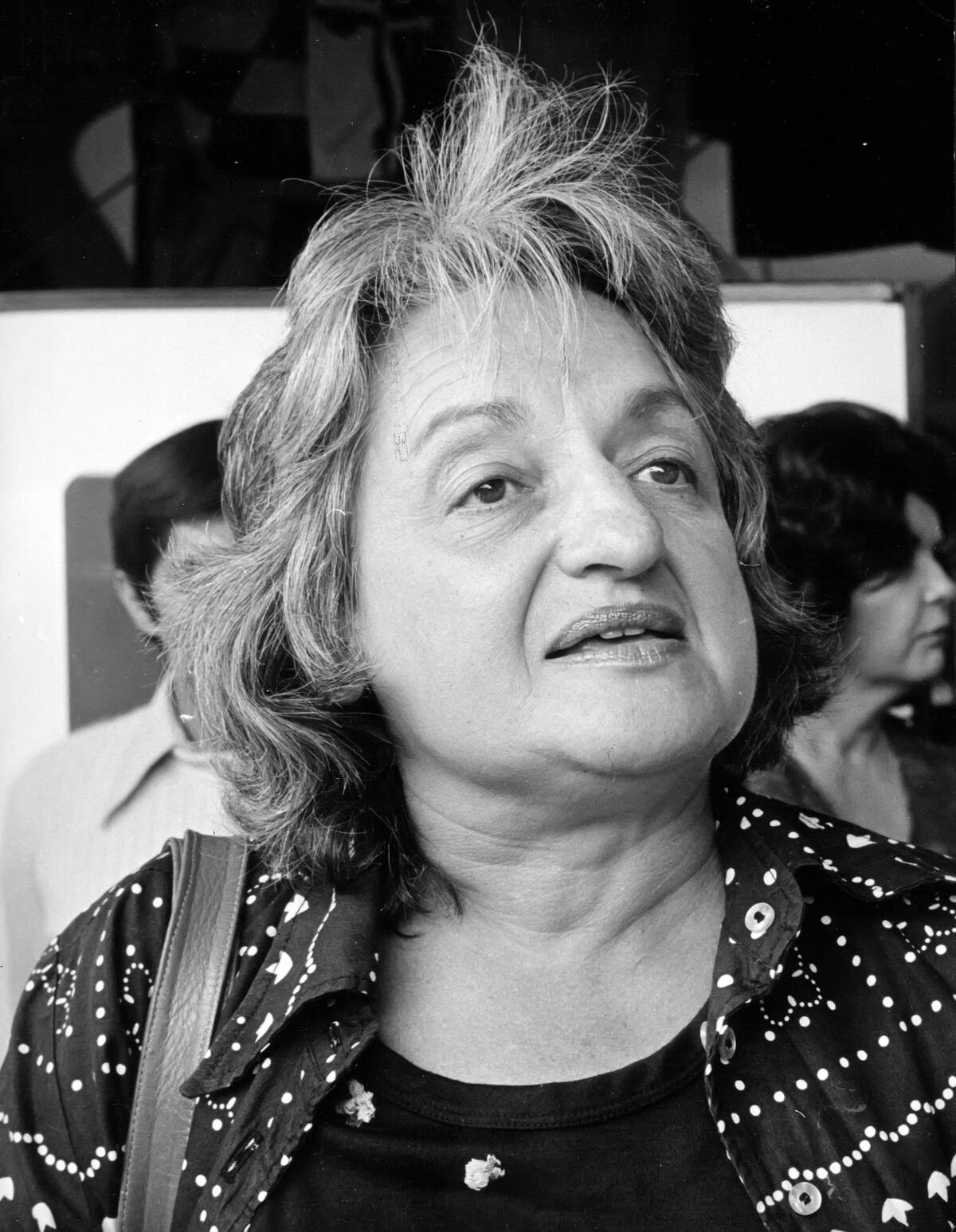
Published in 1963, Betty Friedan’s The Feminine Mystique challenged the traditional roles of women in society and sparked the second wave of feminism. Friedan’s book explored the dissatisfaction of many housewives, questioning the notion that fulfillment could only be found through homemaking.
Her work galvanized women across the nation to seek careers, education, and equal rights, reshaping societal expectations and paving the way for future feminist movements. It was a call to action that still resonates today.
The First Human Heart Transplant: A Leap in Medical Science
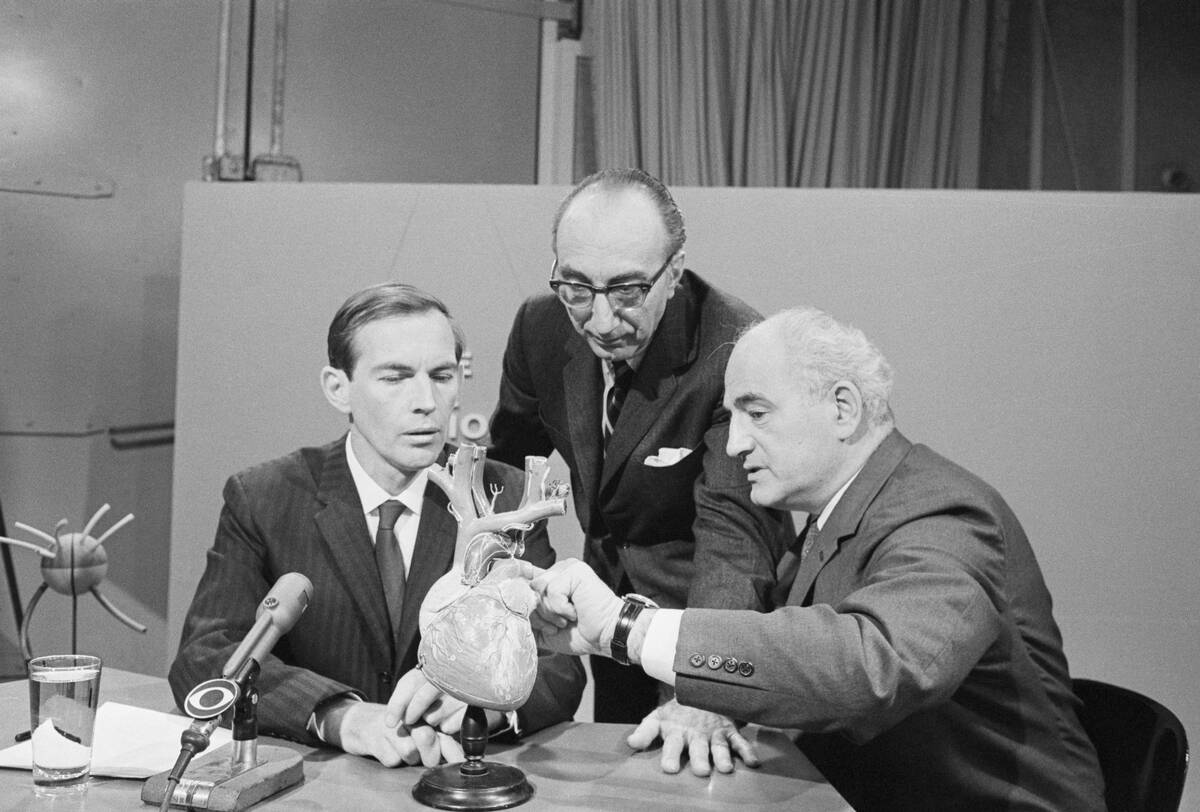
On December 3, 1967, Dr. Christiaan Barnard performed the world’s first human heart transplant in Cape Town, South Africa. The groundbreaking surgery captured global attention and marked a milestone in medical history.
Despite the patient surviving only 18 days post-operation, the procedure demonstrated the potential of organ transplantation to save lives. It paved the way for advancements in surgical techniques and immunosuppressive therapies, ultimately transforming cardiac care and offering hope to patients worldwide.



